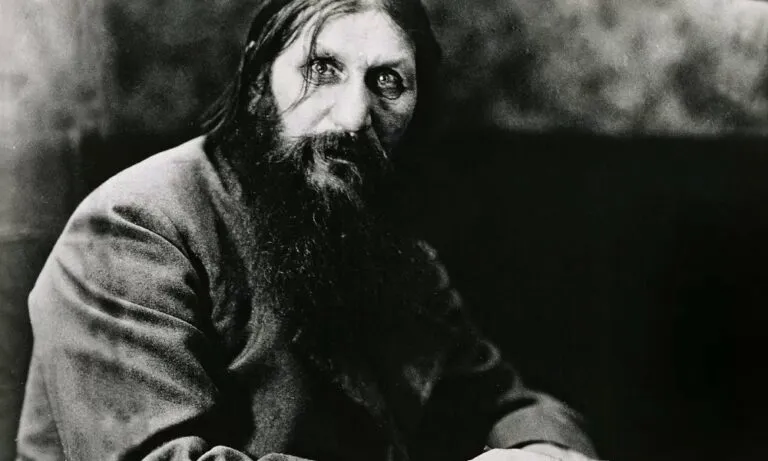Leonarda Cianciulli
Leonarda Cianciulli, also known as “The Soap-Maker of Correggio,” is one of the most notorious serial killers in Italian criminal history.
Born on April 14, 1894, in Montella, in the province of Avellino, Cianciulli is remembered for her exceptionally macabre crimes and behavior.
Her case caused a great stir both in Italy and internationally, attracting the attention of many due to the horror of her actions.
Leonarda Cianciulli’s story is filled with dark and disturbing elements. From her childhood, Cianciulli displayed signs of emotional instability and an eccentric personality. It is said that she suffered from frequent mental disturbances, which later contributed to her criminal behavior.
Over the years, Leonarda Cianciulli led an apparently normal life. She married, had four children, and lived in various Italian cities. However, behind her respectable facade lurked a criminal mind ready to commit heinous acts.
Her criminal career began in the 1930s when Cianciulli started making arrangements with women in need of assistance. She promised them employment or advantageous marriages. However, behind these promises lay an evil plan.
One of her most infamous victims was Faustina Setti, a woman seeking work for herself and her daughter. Cianciulli had promised to arrange a marriage for Faustina in a distant city. However, when Faustina arrived at Cianciulli’s home for the final visit, she was drugged and killed with an axe. Cianciulli then disemboweled the body, taking the blood and letting the rest fall into the bathtub.
After killing Faustina Setti, Cianciulli began to turn her body into soap. This was a method she believed would prevent the police from recognizing the remains and would eliminate any evidence of her crimes. She used a mixture of caustic soda, water, and chlorine to turn the bodies of her victims into a kind of soap, which she then sold or used to make cakes.
But Leonarda Cianciulli didn’t stop at Faustina Setti. Over the years, she killed two other women, Francesca Soavi and Virginia Cacioppo. In both cases, she lured the victims to her home, killed them, and turned their bodies into soap.
However, fate dictated that Leonarda Cianciulli would make a fatal mistake. In September 1940, she lured a fourth victim, a woman named Teresa Cianciulli, who was not related to Leonarda.
This time, however, things went differently.
Teresa was a middle-aged woman who wanted to move to Pola, Yugoslavia, and Leonarda had promised to help her find work there.
As on previous occasions, Leonarda drugged Teresa and killed her with an axe. But this time, things went awry for the murderer.
When Teresa’s daughter, who had noticed her disappearance, began asking the police for information, the investigation began.
Suspecting Leonarda Cianciulli, the police searched her home. During the search, human remains and equipment used to turn bodies into soap were found.
What remained of her crimes was discovered in the basement of the house, where Leonarda had hidden the remains of her victims.
Leonarda Cianciulli was arrested and tried for her horrific crimes.
During the trial, she confessed everything and provided shocking details of how she killed and turned her victims into soap.
Italian media followed the case with great interest, and the public was shocked by the gruesome actions of this woman.
In 1946, Leonarda Cianciulli was sentenced to life imprisonment.
She was incarcerated in the women’s prison of Pozzuoli, where she spent the rest of her life.
During her detention, she wrote letters to her children, showing remorse for what she had done. However, despite her remorse, Leonarda Cianciulli’s legacy of horror remained indelible.
Leonarda Cianciulli’s story has aroused great interest in Italian popular culture.
Her story has been the subject of books, films, and documentaries that have sought to analyze the mind of this serial killer and explain her motivations. The horror of her crimes has left an indelible mark on the collective memory of Italy and has led to the introduction of stricter measures in the prevention of violent crimes.
Leonarda Cianciulli’s story is a dark example of the extreme power of the human mind and the disruptive consequences that can arise from untreated mental disorders. Her perverse quest for power and her sadism have left an indelible mark on Italian criminal history.







